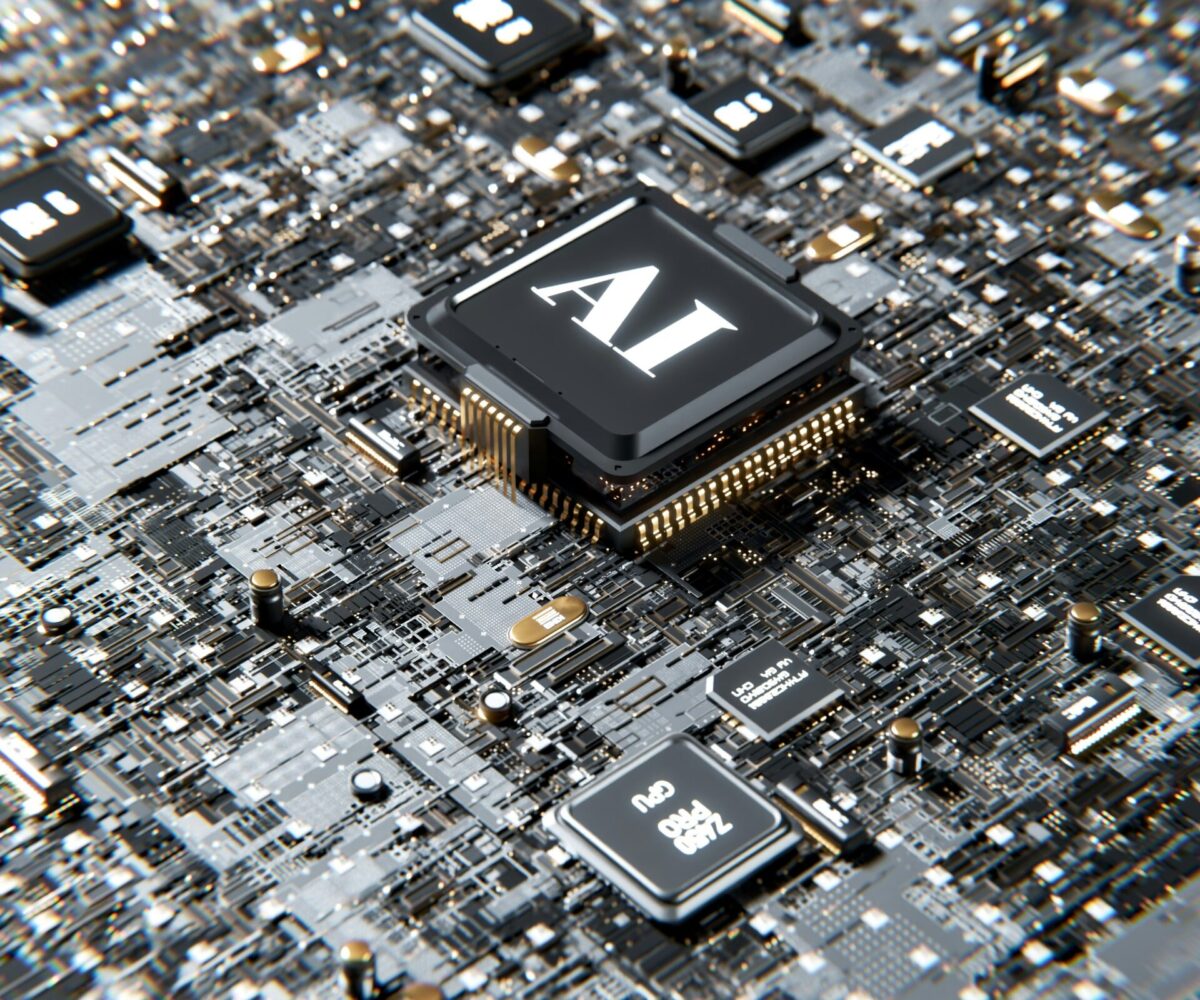Have you recently called customer service for product advice or a contract query to be surprised by a human-like Artificial Intelligence (AI) voice? Pleasant, life-like, and efficient, the AI agent takes the right amount of pauses, inflects its speech in the right places, and more importantly, is patient. If you haven’t tried one, just check out this ad Bland AI recently put up.
AI chatbots are all the rage now, and it seems the future is bright for these artificial agents. There is no industry it isn’t into, be it retail, finance, healthcare, or hospitality.
For example, Bank of America introduced its AI-driven virtual assistant, Erica, which has proven to be a game-changer for customer service. Erica can help customers check balances, monitor credit scores, and provide personalized financial advice. In addition, Delta Air Lines employs AI to predict potential flight delays and proactively communicate these with passengers.
Does this mean AI agents are better than human ones? In certain ways, yes, but that’s not the full story.
While the technology has the potential to improve customer relations and increase revenue, the deployment has to be strategic to work. Removing humans from the picture completely won’t necessarily bode well for the company.
However if AI is integrated to assist human agents to work better and faster, it can be a win-win.
Are AI Agents Perfect?
Are AI agents perfect? Far from it.
Customer service chatbots have a track record of putting their employer in hot water. In April, Bloomberg reported about the World Health Organization (WHO) deploying a health chatbot that kept hallucinating. Meanwhile In February, according to Wired, Air Canada was forced to give a customer a refund because of a policy its chatbot had made up.
These are cautionary tales of why it’s not always a good idea to use AI chatbots, and why we can’t leave them on their own just yet. AI still has a lot to learn and it needs humans to do this.
It’s also important to think about just how happy customers are chatting with an AI agent.
According to a survey by Cogito, over half (53%) of consumers preferred to chat with a human agent on the telephone when the questions or issues are complicated, while 17% said they would opt for technology such as live chat through a website or mobile app.
Also, in the realm of interacting with AI for customer service inquiries, almost half (46%) of the consumers surveyed said they favored talking to a human but didn’t mind if the agent used AI in the background to enhance the interaction.

What Businesses Benefit by Integrating AI in Customer Service
Companies from all industries are rushing to adopt AI customer service agents to save time, cut costs and, last but not least, look cool. According to a study by Metrigy, almost half of 697 companies surveyed on AI readiness said they are already using AI for customer interactions, while an additional 33% aim to start this year. In fact, 38% said 2024 is the year “that will be the turning point for them on acceptance for customer engagements.”
While this is good news for Gen AI companies, the news looks grim for current customer service reps. While it’s inevitable that AI will open up new jobs in other areas, some distress cannot be avoided.
Why are businesses rushing to integrate AI agents in customer service? Ruban Phukan, co-founder and CEO of GoodGist, a company that uses AI to upskill employees, says the reason is AI’s ability to enhance interaction, personalization, and efficiency.
“AI-powered chatbots, personalized recommendation systems, and automated service platforms improve customer experience, operational efficiency, and decision-making. These technologies enable sectors to meet the growing expectations for instant, tailored, and accessible services, thereby enhancing competitive advantage and customer satisfaction,” he says.
AI’s influence extends beyond B2C to even B2B environments, where AI-led support systems redefine customer service and operational efficiency. For example, Appalachian Regional Healthcare used AI developed by Qlik to predict patient appointment no-shows, realizing $6 million USD in cost savings over two years across 15 clinics by proactively engaging at-risk patients.
“AI facilitates immediate responses to client inquiries about enterprise products or services, enabling businesses to deliver superior service level agreements (SLAs),” he adds.
Additionally, navigating through extensive product manuals and documentation has traditionally been a time-consuming challenge. AI technologies now empower users to simply ask questions and receive instant answers, streamlining the process and significantly boosting productivity.
“This integration of AI into both B2C and B2B sectors not only improves customer experience and operational efficiency but also opens up a myriad of possibilities. From automating mundane tasks to extracting and synthesizing complex information quickly, AI is setting a new standard for how businesses operate and interact with their clients,” he explains.
All good points in favour of AI. But why is it that only the customer service sector is so keen on this technology?
AI Shines in Low-Risk Areas
Ranjit Tinaikar, Chief Executive Officer and Board Member at Ness Digital Engineering, is of the sentiment that the customer service sector in particular is so keen on the technology because of the optimal odds at play here.
This is something Tinaikar has seen first-hand as CEO of a digital engineering consultancy that works with AI.
“When you contact a call center there is a set of about 30 questions people will ask, and those can be easily automated. Further, the risk is not high if you get it wrong. This is not like managing an airplane, it is relatively routinized and low risk,” he says.
To expand, this means that the nature of customer service tasks makes them easier to automate as both the input and output can be predicted with fairly high levels of accuracy. These might be questions about where the company is based, the customer contract, service hours, or something similar. Historical call data from the company can be used to work out these basic foundational questions fairly easily.
Further, if the response that AI offers isn’t what the customer is searching for, the call can be easily redirected to a human agent.
“Out of 35 or so questions, 20 are basic. For the remaining 15, a human agent can be used. Even if the AI gets the automated ones wrong, it’s very low risk,” he explains.
In this way, the risk-reward matrix for using AI in the customer service sector is more favorable than in industries where an incorrect answer has more serious consequences or where the patterns are less standardized.
According to Forbes, e-commerce sales are expected to grow 8.8% in 2024. Ness, which has become a pioneer in AI and is a global full-lifecycle digital services transformation company, announced its HQ relocation last month to downtown Manhattan, in part to continue to be at the epicenter of global commerce.
AI Still Needs Human Touch
AI does bring higher quality to a call. A Wall Street Journal article said a company showed an AI that routed calls to the appropriate department in the company was able to cut 36 seconds from an average call. This number multiplied by thousands of calls means a steep rise in productivity.
This doesn’t mean AI customer service doesn’t require a human touch though. At least not yet. For example, Zendesk, a customer service software provider, integrates AI to assist their human agents. Their AI tools analyze customer interactions and even suggest responses and relevant information, cutting down the time needed to resolve issues.
As per a study, customer support agents who used an AI tool to guide their conversations increased productivity by approx. 14%. The improvement was more for less experienced agents, touching 35%.
The tangible benefits of AI integration are visible, hence AI is inevitable. As businesses navigate the challenges and opportunities of this technological shift, the goal remains to provide exceptional customer experiences that build loyalty and drive growth.
However, a collaboration between humans and AI agents can ensure that customers receive the best of both worlds.
Featured photo of Ranjit Tinaikar, CEO at Ness Digital Engineering
Article By Navanwita Sachdev, Editor, The Tech Panda

This article includes a partner of an Espacio portfolio company











